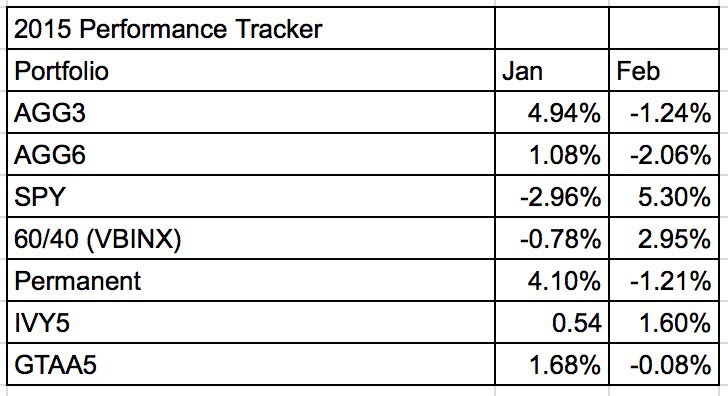Tactical Asset Allocation Should You Try Your Hand
Post on: 12 Август, 2015 No Comment

We talk a lot about asset allocation here on the Jemstep blog, because it’s a critical part of your long-term investment planning. Usually we’re talking about strategic allocation, which is all about taking the long view.
But there’s another approach to asset allocation that’s more tactical in nature. We’ll discuss it in this post, with a focus on what kinds of tactical decisions may be advisable and what kinds would be foolhardy.
The Tactical Horizon
What separates strategy from tactics? Mostly the time period involved. Strategic decisions ignore what’s going on in the current market cycle. Strategically, you plan to maximize benefits over many different cycles. Tactical decisions, on the other hand, are about capitalizing on perceived opportunities in the short- to mid-term.
We would stress the “mid” part of that near to mid-term time range. It is sometimes possible to discern intermediate-term trends. You might notice the outperformance of value stocks over growth stocks, for example. Or you might be worried about bond prices if you think interest rates will rise.
Here’s a recent and specific case: in the opening months of 2013, many people noticed that emerging markets equities were underweighted. Slower growth in China, volatility in Japanese financing rates and various economic concerns in Latin America, among other reasons, caused emerging equities to dramatically underperformed US stocks this year. So applying a lower tactical weight to your emerging markets slice and increasing the US core blue chip weight might make sense.
Know When to Fold ‘Em
Tactical allocation is not without its risks, however. Knowing what tactics to initiate is tough. But knowing when to get out of the tactical position and return to your target strategic weights – is even harder.
Asset classes generally move in cycles relative to each other, but there is nothing constant or predictable about the length or magnitude of any given cycle. What may seem like a brilliant tactical move one day may look terrible the next.
This is why there’s a strong case for making decisions around the intermediate-term rather than the short-term. If you have a holding period of, say, four to six months, then the cycle may give you sufficient time to execute the trade, hold your position and exit. You’ll enjoy a reasonable margin of error on either side.

If you’re looking at a tactical period of less than a month, though, the pressure is higher to get the timing right on the peak and trough. Chances are high that this approach won’t end well, as market timing is exceedingly difficult, even for seasoned investors.
If you’re going to try your hand at tactical allocation, be ready to commit the time and effort to staying on top of daily market trends. That’s more than most people are willing or able to do. So think about whether tactical allocation is the right thing for you.
Tactical allocation is not a necessary part of your long-term financial planning process. Keep your priorities where they should be – on the strategic decisions that will really matter down the road.
Have you tried tactical asset allocation? Tell us what you think.
For advice and tools for intermediate term tactics and long-term strategies, visit Jemstep.com .














